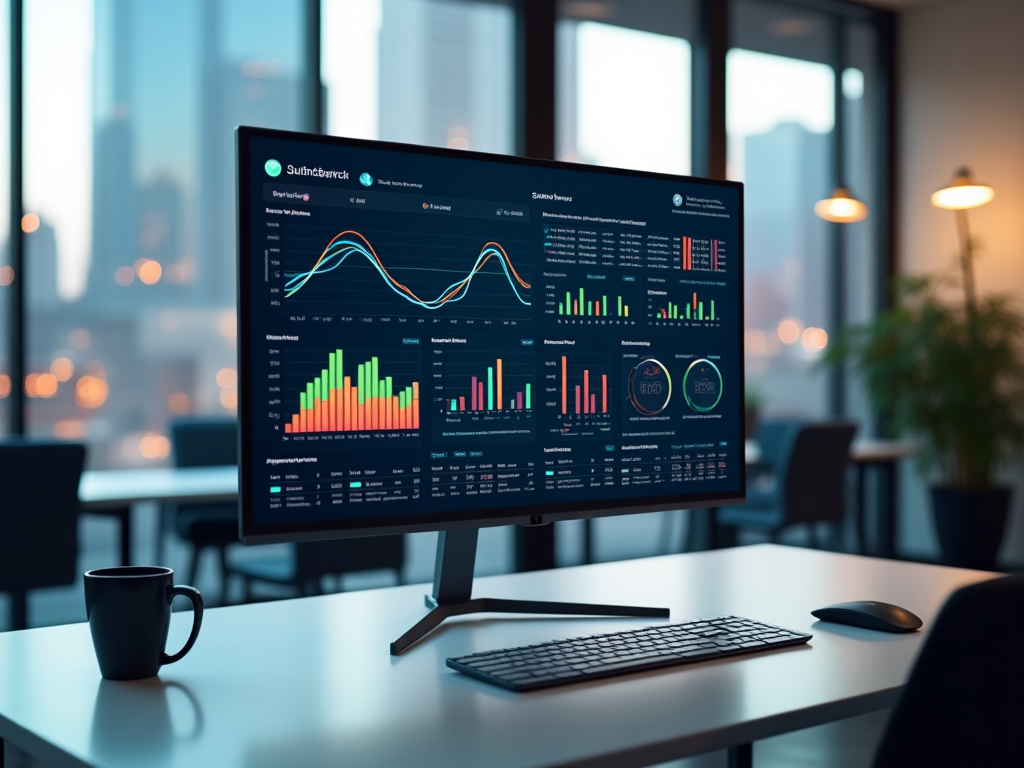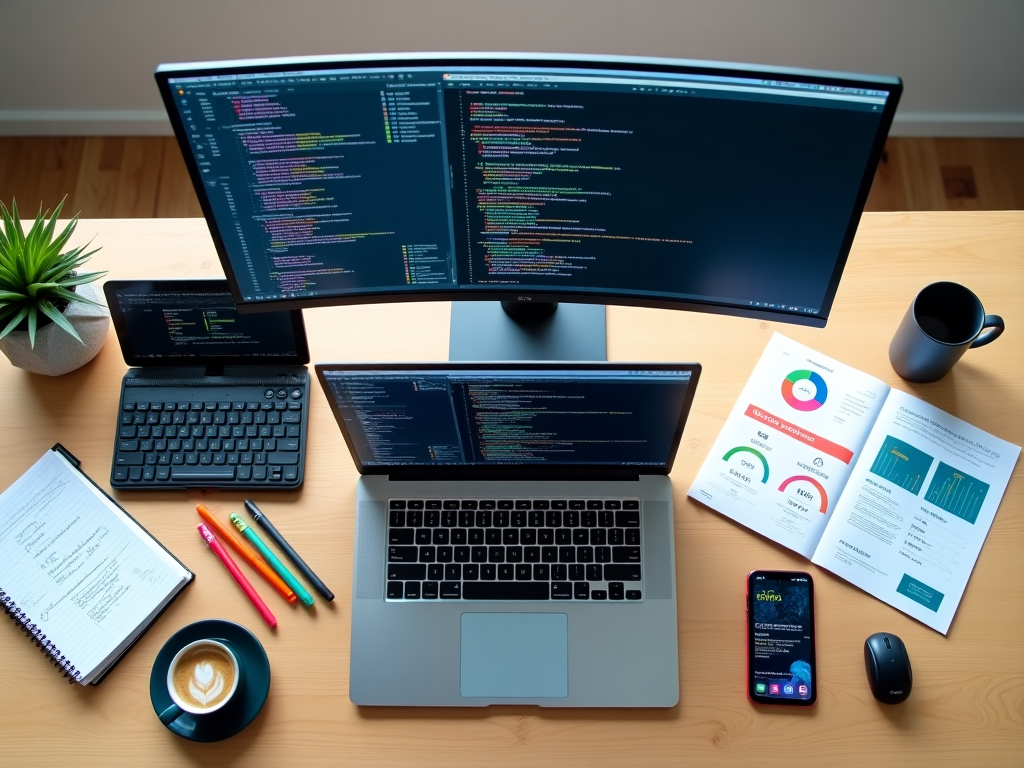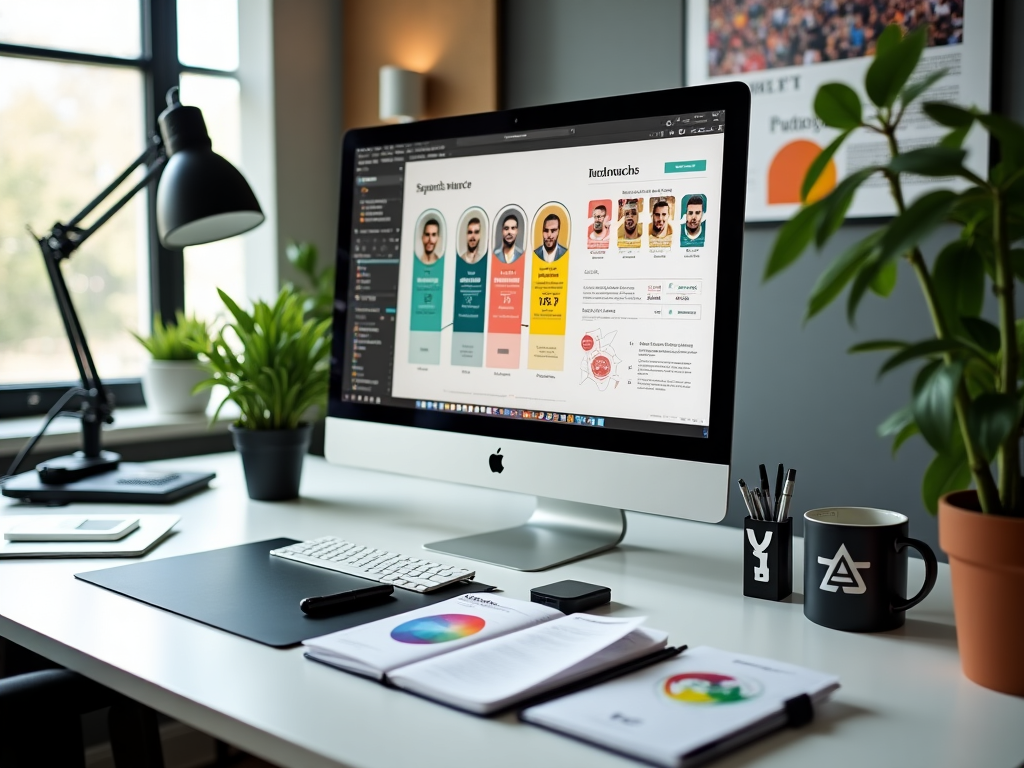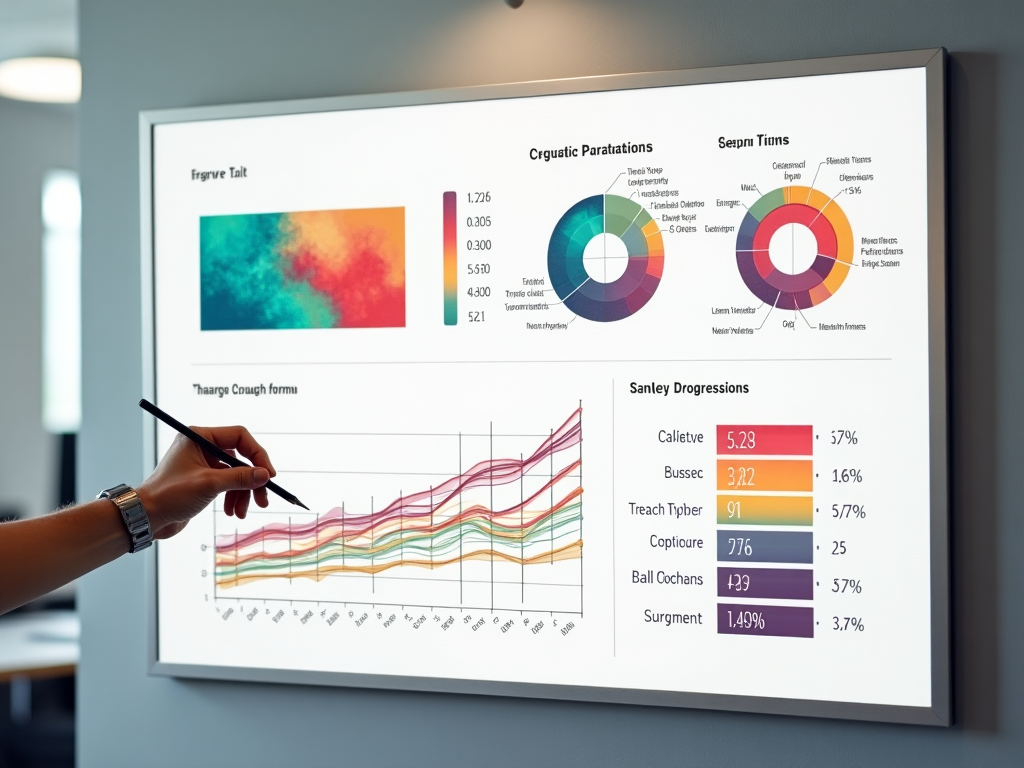StatsBomb Community
StatsBomb has revolutionized football analytics by providing free, high-quality event data to the public. Their community forums and social media presence foster discussions about advanced metrics like expected goals (xG), expected assists (xA), and possession value. The platform offers educational resources, tutorials, and case studies that help both beginners and advanced analysts understand modern football analytics.
The StatsBomb community regularly publishes research papers, hosts webinars, and maintains an active presence on social media where analysts share insights and methodologies. Their open data project has enabled countless students, researchers, and enthusiasts to conduct meaningful statistical analysis without expensive data subscriptions.









